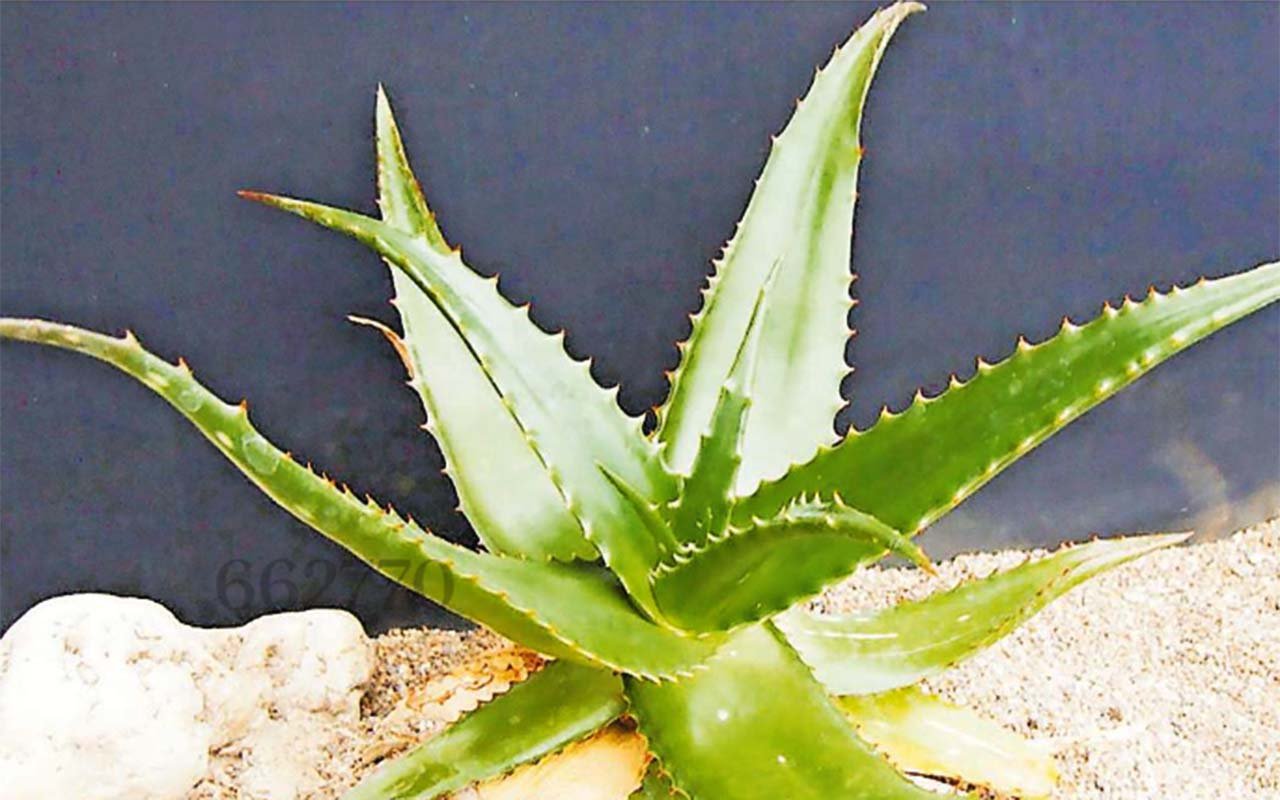Prime
Understanding foot and mouth disease

Farmers are encouraged to vaccinate their animals to control foot and mouth disease. PHOTO/FILE
What you need to know:
- Foot and mouth disease containment demands considerable efforts in vaccination, strict monitoring, trade restrictions and quarantines, and occasionally the elimination of animals.
Foot and mouth disease sometimes referred to as hoof and mouth disease is an infectious and fatal viral disease that affects cloven-hoofed animals, including domestic and wild bovid.
The virus causes a high fever for two or three days, followed by blisters inside the mouth and on the feet that may rupture and cause lameness.
Implications for livestock farming
Foot-and-mouth disease has severe implications for animal farming, since it is highly infectious. It can be spread by infected animals through aerosols, through contact with contaminated farming equipment, vehicles, clothing or feed, and by domestic and wild predators. The virus responsible for the disease is a picornavirus, the prototypic member of the genus Aphthovirus. Infection occurs when the virus particle is taken into a cell of the animal.
The cell is then forced to manufacture thousands of copies of the virus, and eventually bursts, releasing the new particles in the blood. The virus is genetically highly variable, which limits the effectiveness of vaccination.
Characteristics
In the early stage, the disease manifests itself among cows through a rise in temperature and the animal becomes dull. A milking cow will show a sudden drop in yield. Blisters begin to develop, usually within a few hours, most frequently on the upper surface of the tongue and the bulbs of the heels. Feeding and cuddling may cease and the animal is ‘tucked up’ with staring coat.
If at pasture, the animal will be away from the rest of the herd, and probably lying down. There is quivering of the lips and uneasy movement of the lower jaw, with copius, frothy saliva around the lips that drips to the ground at intervals. A smacking sound is produced by partial opening of the mouth.
About the same time, there is evidence of pain in the feet. The animal lies down constantly and, when forced to move, walks very tenderly, occasionally shaking a leg as if to dislodge some object wedged in the hoof.
Lameness usually gets worse, until the animal can only hobble when moving on hard or uneven surfaces.
Blisters
If the mouth is examined in the early stages, blisters on the dental pad, inside the lips, and sometimes on the muzzle, will be found, as well as those on the upper surface of the tongue.
At first the blisters are seen as small raised areas, whitish in colour and containing fluid: they quickly increase in size until they may be as big as half a walnut.
The blisters develop on the feet about the same time as in the mouth, or a little later; they rarely appear first. Most commonly they occur at the bulbs of the heels, at the front of the cleft of the hoof, and in the cleft itself. They usually burst fairly quickly through movement of the feet, and then appear as a ragged tear exposing a raw surface.
The chief symptom among sheep and goats is severe lameness, affecting one or more legs. The animal looks sick, lies down frequently and is very unwilling to rise.
Spreading
Airborne spread of the disease can take place and under favourable weather conditions the disease may be spread over considerable distances by this route. Animals pick up the virus either by direct contact with an infected animal or by contact with foodstuffs or other things which have been contaminated by such an animal.
The disease is spread mechanically by the movement of animals, people, vehicles and other things which have been contaminated by the virus. Trucks, lorries, market places, and loading ramps – in or over which infected animals have travelled – are dangerous until disinfected. Roads may also become contaminated and virus may be picked up and carried on the wheels of passing vehicles.
The boots, clothing and hands of a herdsman who has attended diseased animals can spread the disease and dogs, cats, poultry, wild game and vermin may also carry infection. Humans can be infected with foot-and-mouth disease through contact with infected animals, but this is extremely rare.
Treatment
There is no viable treatment for the disease. Affected animals always recover on their own. However, because of the loss of production and the infectious state of the disease, infected animals are usually culled. Vaccination can be used to reduce the spread.




